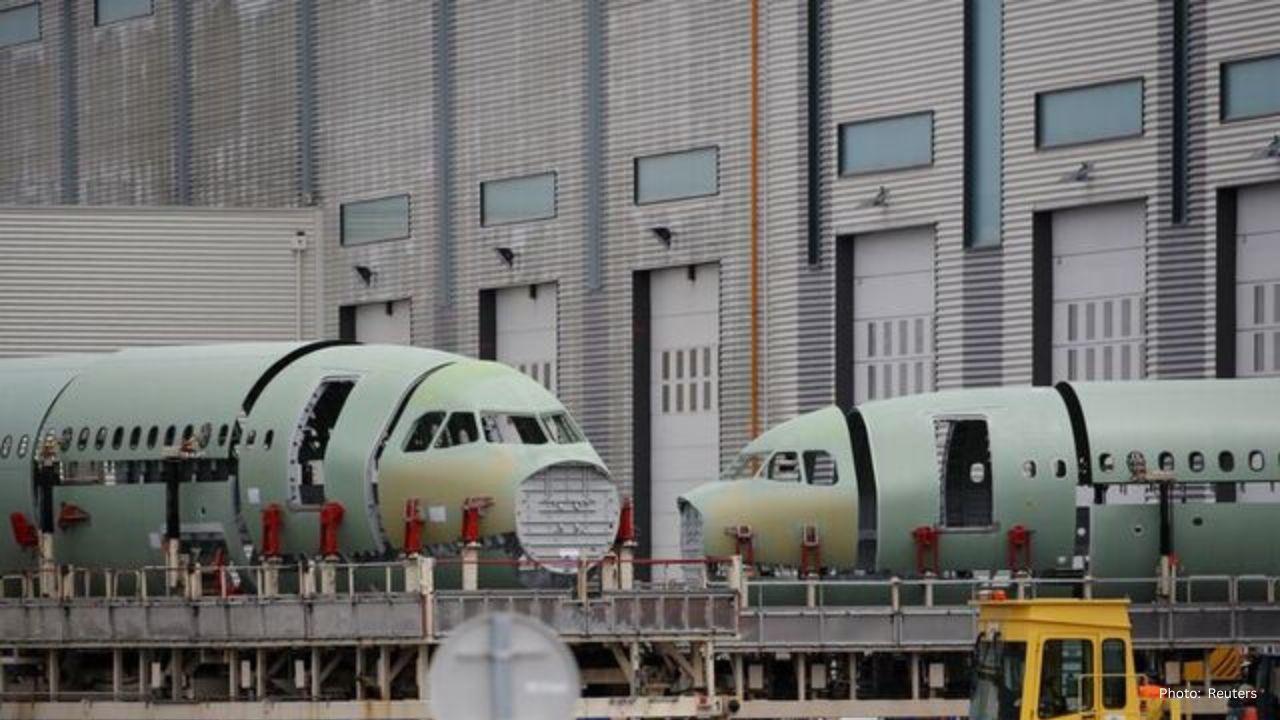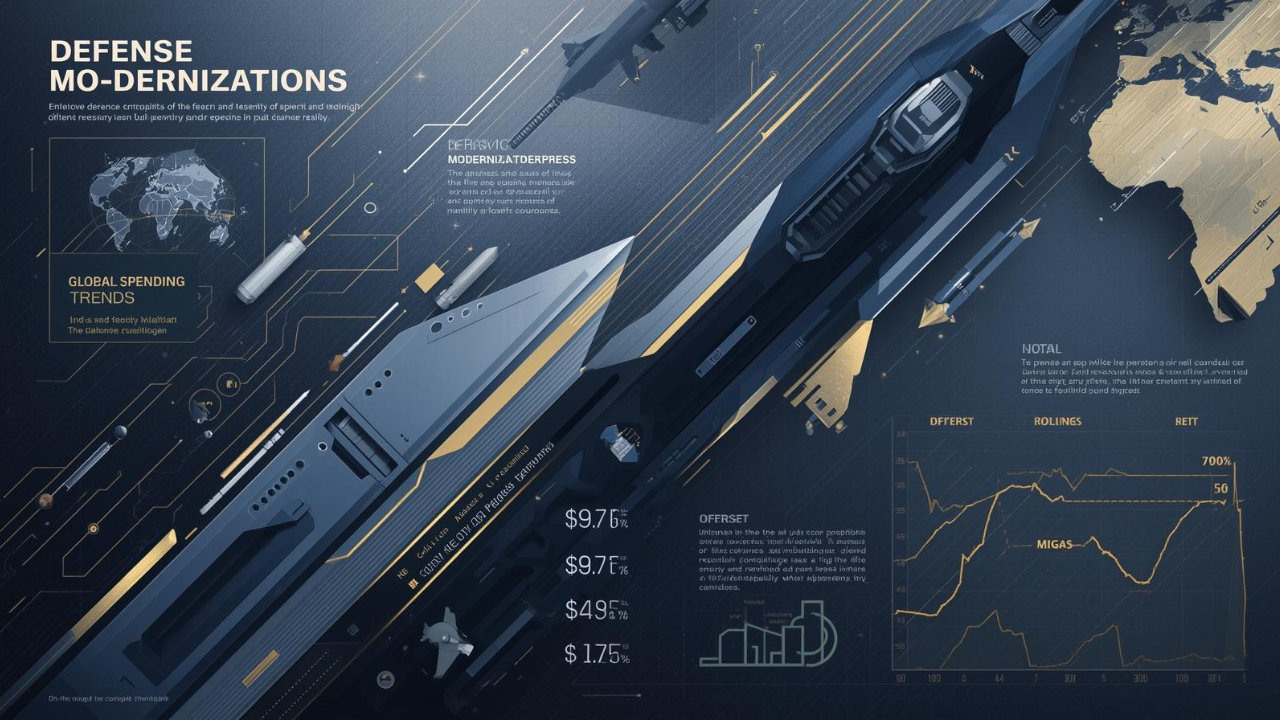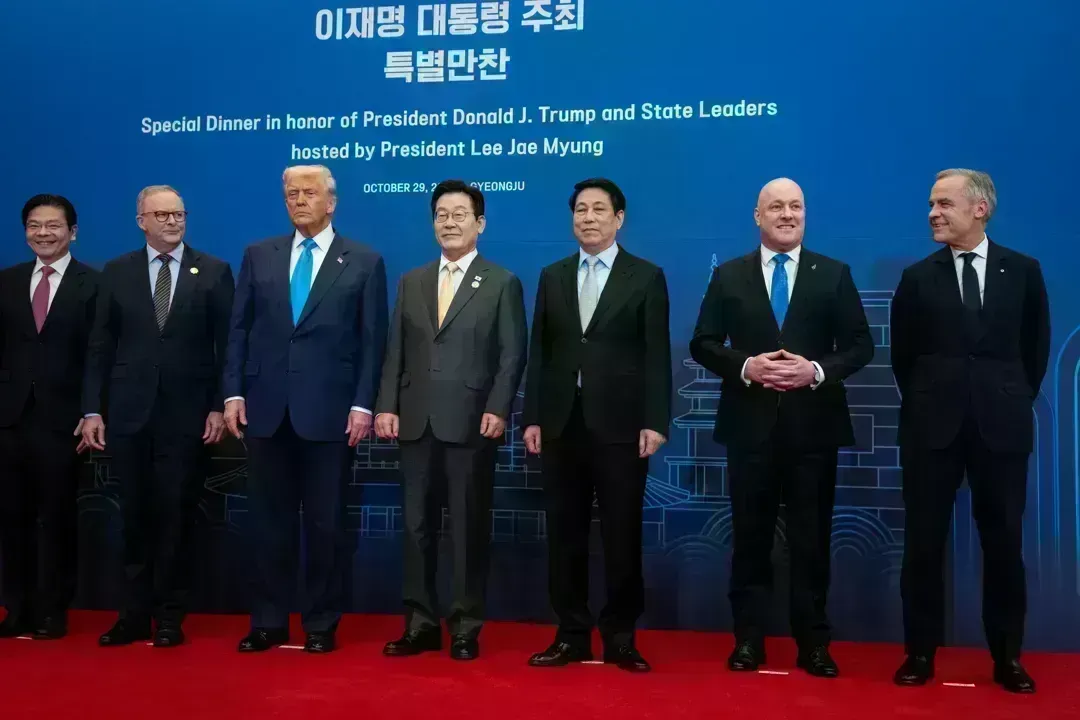
Post by : Avinab Raana
Photo : X / Бывший CTAPЛИHK , подпишись , Коты & Cryp...
UF’s Breakthrough Could Reshape Metal Production
A team at the University of Florida has unveiled a superconducting magnet paired with induction heating that promises to radically reduce heat treatment time in steel and metal alloy manufacturing. This innovation, centered on a method called Induction-Coupled Thermomagnetic Processing (ITMP), has the potential to cut both energy use and processing time by nearly eighty percent. For an industry long plagued by high energy costs and slow thermal cycles, this could be a turning point.
What Is ITMP: Mixing Magnetism and Heat
The heart of the innovation lies in ITMP. Essentially, it blends strong magnetic fields with high-temperature heat treatment to speed up the internal changes in metal structures. The magnet, specially built for this purpose, works alongside a cylinder induction furnace. The magnetic field influences atoms to move—accelerating carbon diffusion in steel, changing phase transitions, cutting down the hours-long heat cycles to mere minutes. It’s not just about heating faster; it’s about fundamentally altering how materials respond to heat.
Prototype Scale and Capability
The prototype magnet can process steel samples up to five inches in diameter. It sits on a raised platform within the lab, combining high static magnetic fields with volumetric induction heating. The setup shows the project is not just theoretical, it already handles real metal samples. The cost of building this prototype is in the multi-million-dollar range, but its performance is showing returns in shortened process times and reduced energy draw.
Energy and Heat Treatment Savings
Traditional heat treatments in steel and many metal alloys require long dwelling times—sometimes eight hours or more—in furnaces, consuming huge amounts of energy. By using ITMP, the University of Florida team estimates up to eighty percent reduction in both time and energy. Faster carbon diffusion and improved phase transformations under magnetic influence mean that processes that once took hours might now take minutes. That change could translate into major savings for industrial facilities and metal manufacturers.
Industrial Impacts of Faster Processing
Cutting heat treatment time so drastically brings many advantages. Manufacturers could increase throughput, reducing queues and capacity constraints in plants. Energy consumption drops, which directly lowers operating costs and carbon emissions. Facilities that converted steel or aluminum parts could see better margin profiles. The ability to treat parts faster might also open up design freedoms, enabling more complex alloys or custom materials to be heat treated without prohibitive wait times.
Potential to Reduce Carbon Footprint
With manufacturing being a major contributor to global energy use and emissions, any technology that sharply lowers energy needs is valuable. Superconducting magnet-assisted ITMP could help steel and aluminum producers cut emissions, especially in heat-intensive phases of production. If widely adopted, the process may contribute meaningfully to national and global environmental goals. It may also assist industries trying to decarbonize, aligning metal production more closely with climate targets.
Challenges to Adoption
Even with such promise, challenges remain. Scaling laboratory prototypes to industrial furnaces is difficult. Producing magnets that can handle large parts, maintaining magnetic field uniformity, ensuring safety, and integrating ITMP with existing heat treatment infrastructure will require significant engineering. The initial cost for retrofitting or building new ITMP-equipped furnaces may be high. Manufacturers must also validate consistency, durability, and cost-benefit over long operational cycles.
Research Backing and Collaboration
The UF project is supported by substantial funding from the U.S. Department of Energy. It also involves collaborations with national labs and industrial partners who see the value of innovation in alloy processes. Researchers are running tests to validate the mechanical properties of metals treated via ITMP, from hardness to fatigue, to ensure that speed doesn’t compromise quality. Peer research is confirming that magnetic fields do influence phase stability in metals, adding confidence to results.
Broader Implications for Alloy Manufacturing
Steel and aluminum are just the start. Metal-alloy industries that produce turbine blades, automotive components, aerospace parts, or high-strength tooling could all benefit. Lightweight alloys, composite structures, and metals used in harsh environments often need precise heat treatment to achieve required properties. ITMP could unlock faster production cycles, reduce waiting times in supply chains, and allow greater experimentation with novel alloys.
What This Means for the Global Metals Market
Global steel and aluminum markets are sensitive to energy prices, emissions regulations, and productivity gains. A process that promises both energy savings and faster throughput is likely to draw interest from both mature and emerging manufacturing hubs. Countries investing in green manufacturing will see this as an opportunity to leapfrog older, less efficient technologies. Early adopters might gain competitive advantage in cost, speed, and sustainability narratives, attracting investment and market share.
Timeframe for Commercial Deployment
Despite the enthusiasm, deployment is not immediate. Researchers estimate industry adoption might begin within five to ten years, assuming successful scaling and regulatory or safety validations. Labs still need to test long term performance, life cycle costs, and ensure that ITMP-treated materials meet all industrial standards. Infrastructure, training, capital investment, and supply chain readiness will influence pace.
Economic and Workforce Impacts
As ITMP gains traction, the economics of metal production may shift. Reduced energy costs could lower production margins, enabling more competitive pricing. Industries may invest in new equipment and workforce skills—magnet systems, material science, process control. Employment may shift toward more advanced technical roles. Regions with strong materials research, manufacturing clusters, and energy policy alignment may benefit most from early implementation.
Innovation That Could Transform Metalmaking
The University of Florida’s superconducting magnet and ITMP process represent more than just incremental improvement. They suggest a shift in how metal production treats the very physics of alloys—using magnetic forces and heat together to reshape material behavior. If adoption follows, we could see a future where high energy, slow furnace heat treatments are largely obsolete, replaced by faster, cleaner, smarter processes. The steel and metals of tomorrow would be produced with far less waste, less cost, and less environmental toll.
Superconducting magnet, Heat treatment, Metal production










Advances in Aerospace Technology and Commercial Aviation Recovery
Insights into breakthrough aerospace technologies and commercial aviation’s recovery amid 2025 chall

Defense Modernization and Strategic Spending Trends
Explore key trends in global defense modernization and strategic military spending shaping 2025 secu

Tens of Thousands Protest in Serbia on Anniversary of Deadly Roof Collapse
Tens of thousands in Novi Sad mark a year since a deadly station roof collapse that killed 16, prote

Canada PM Carney Apologizes to Trump Over Controversial Reagan Anti-Tariff Ad
Canadian PM Mark Carney apologized to President Trump over an Ontario anti-tariff ad quoting Reagan,

The ad that stirred a hornets nest, and made Canadian PM Carney say sorry to Trump
Canadian PM Mark Carney apologizes to US President Trump after a tariff-related ad causes diplomatic

Bengaluru-Mumbai Superfast Train Approved After 30-Year Wait
Railways approves new superfast train connecting Bengaluru and Mumbai, ending a 30-year demand, easi